25 Technology Thought Leaders For 2010

These are the technology visionaries boldly taking us into the future with cutting edge technology like the world's thinnest display, erasable paper where images last only a day, and security improvements that are causing hackers to pull their hair out.
They are driving dramatic improvements in processor technology and cloud computing breakthroughs, and even making the world a safer place with technology like earthquake monitoring programs.
They have garnered countless patents, awards and honors and helped harness the intellectual firepower of some of the smartest technical minds in the world. One is even in charge of a lab whose heritage includes seven Nobel prizes, with 75 percent of his team of researchers holding a Ph.D degree.
Here they are, our choices for the top 25 technology thought-leaders in the world.
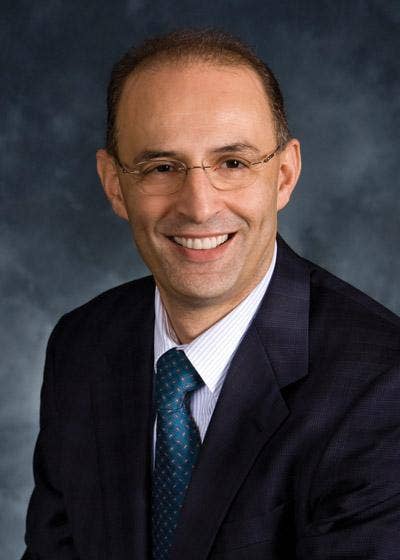
Akrout may have the toughest job in technology: the unenviable task of trying to leapfrog the Intel technology juggernaut. One of Akrout's focuses right now is on AMD’s 2011 goal of achieving Fusion -- the long-awaited integration of CPU and GPU capabilities on a single piece of silicon. That development effort has the potential to deliver huge breakthroughs in performance for AMD. In the shorter term, Akrout's team is set to roll out Thuban, a new 45-nanometer processor due out in the first half of 2010 that boasts six cores, a client-side first for AMD.
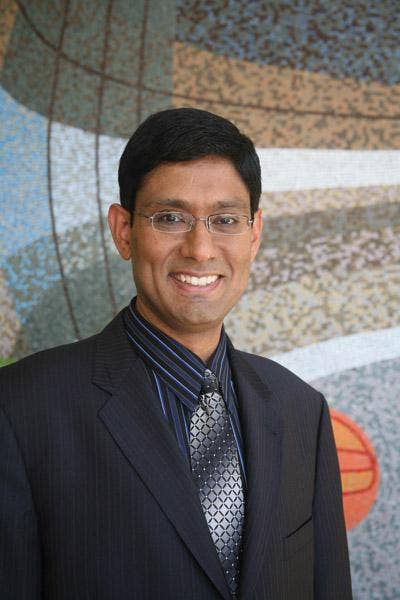
Banerjee is leading a technology renaissance at the world’s largest computer company. At the heart of Banerjee’s mission is research that leads directly to innovative products rather than pie-in-the-sky projects with no commercial application in sight. Users can “try out” HP Labs’ emerging technologies via the HP IdeaLab Web site, which allows users to be hands-on with new projects. Some of HP’s latest include Snapfish online photo editing tools, CloudPrint mobile printing from your phone and a natural-language color database. HP is also making breakthroughs such as its digital micro-electro-mechanical systems (MEMS), which enables real-time data collection on earthquake monitoring.
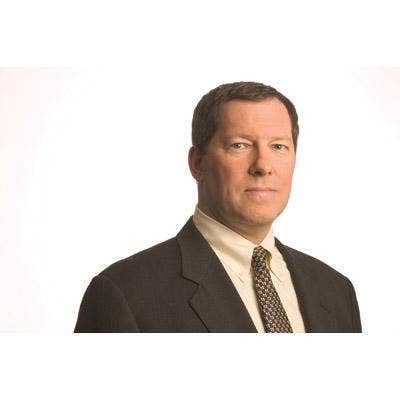
When Bregman testified before Congress last year, he urged lawmakers to make sure the government collaborates more with the private sector on cybersecurity and cloud computing. Bregman’s appearance before Congress is just one sign of his status as a thought leader driving new technology aimed at shutting the door on cybercriminals. He not only guides Symantec’s investments in advanced research and the company’s development centers in India and China, he also leads the field technical enablement team charged with working with the sales team to assist customers in navigating the ever-changing security and storage technology landscape. Expect Bregman to make sure Symantec plays big in the cloud in 2010.
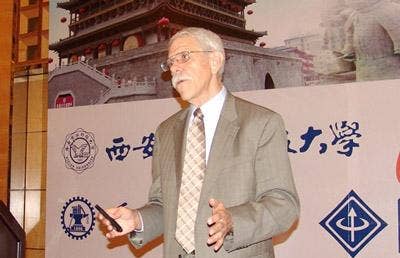
It’s quite a heady experience overseeing a lab whose heritage includes seven Nobel prizes, 120 years of technology breakthroughs and a work force in which more than 75 percent of the researchers hold a Ph.D. Cambron is focused not only on near-term global network enhancements but is also making sure that AT&T is investing to accommodate the network of the future with a tidal wave of new networked and IP addressable devices from home appliances to machinery to autos and shipping pallets. Cambron is also overseeing enhancements that make it easier to identify network problems and resolve them quickly. That includes a stepped-up network transparency effort and early identification of network trends.
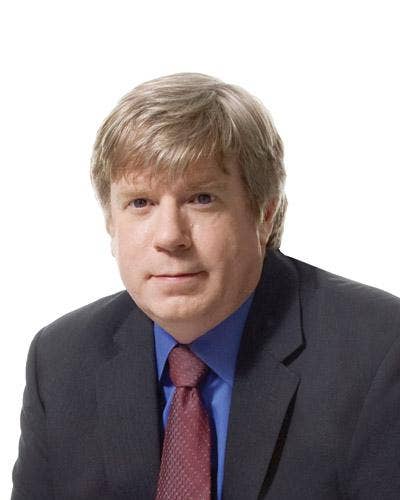
Ferguson has brought CA’s legacy software into the 21st century and is helping to make CA a cloud computing power. Ferguson, who joined CA in 2008 after working at Microsoft in the Office of the CTO, was the driving force behind CA Catalyst, a set of new software engines that modernize interfaces to CA products and integrated the products using Web service standards. Now he is taking charge of CA’s technology future, architecting the software giant’s cloud and virtualization strategies. Under his leadership, CA has already unveiled a deal to put CA’s Agile Planner on Salesforce.com’s Force.com platform to help accelerate cloud development. What’s more, CA has joined industry leaders like Cisco, EMC and HP in a new ecosystem of cloud leaders aimed at accelerating cloud adoption.
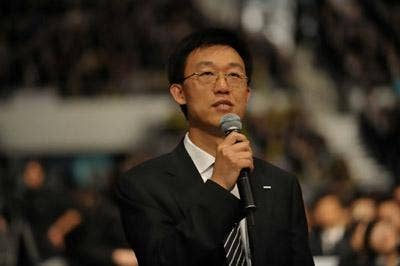
He is making sure that Lenovo is delivering cutting-edge mobile devices to the market. That’s just what Lenovo did at this year’s CES, unveiling a hybrid system with two processors that can function as a netbook or a notebook. The innovative IdeaPad U1 runs both Microsoft Windows 7 as a notebook system and a version of Linux designed for an ARM processor -- all in a sleek 3.8-pound system with an impressive 11.6-inch screen. He, who oversees research centers in Beijing, Raleigh, N.C., and Yamato, Japan, is also making sure that Lenovo is playing big time in the emerging smartphone segment. In fact, he recently revealed that the company plans to open a smartphone AppStore later this year as part of its Lenovo LePhone smartphone launch in May. Lenovo released its first smartphone last year.
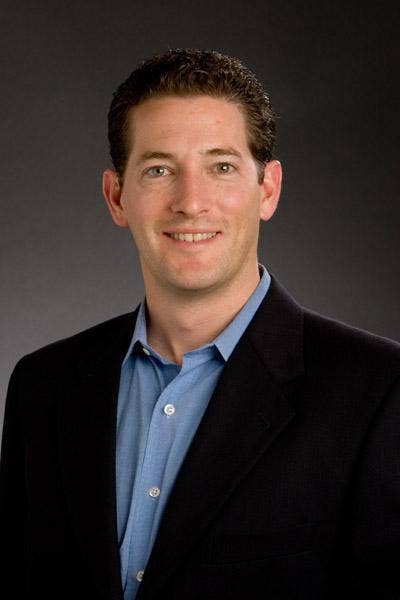
Given the major technology paradigm shift that VMware has brought to the market with its products, there is a lot riding on the second act of virtualization that Herrod is driving at VMware, which has teamed with EMC and Cisco to build a private cloud platform. Herrod sees hybrid private/public clouds developing in 2010. What’s more, he sees growth in prepackaged hardware/software bundles for private/public clouds and application frameworks around platform-as-a-service offerings.
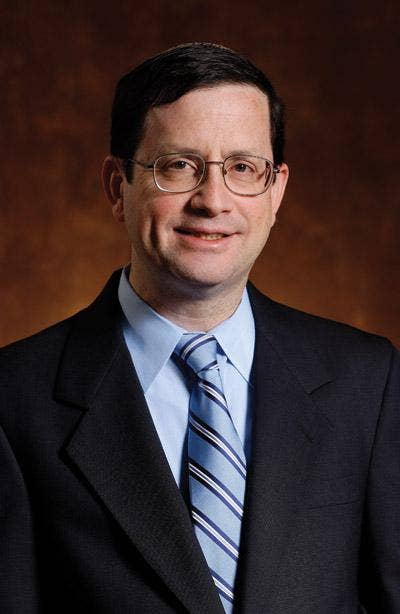
Jaffe has his hands on what may be the most underrated technology portfolio in the business. In fact, Novell’s robust technology portfolio positions the company very well for the cloud computing revolution. That portfolio includes state-of-the-art identity management and security offerings as well as a strong lineup of Linux offerings. Novell has fashioned those products into a cloud security service. Jaffe, who was appointed by President Bill Clinton to serve on the Advisory Committee for the Presidential Commission for Critical Infrastructure Protection, has also been driving Novell’s Pulse collaboration and social networking platform.

IBM is considered a national treasure for its R&D prowess. The responsibility for directing a kingdom comprised of 3,000 employees at eight laboratories in six countries around the world goes to Kelly, whose team has consistently earned more U.S. patents than any other R&D organization. In 2008, IBM became the first company ever to earn more than 4,000 U.S. patents in a single year. For his leadership, Kelly was awarded the prestigious Semiconductor Industry Association’s Robert N. Noyce award in 2009. Look for Kelly to continue to push innovative products to market that make IBM’s Smarter Planet initiative a success for IBM partners and customers.

Labrousse has made sure that the Logitech brand is synonymous with emerging technology. He sees the lines blurring between the business and consumer technology markets with products such as Apple’s iPhone. That means playing in high-growth emerging markets with a focus on what the company calls the four connected device screens: enterprise video calling, smartphone, TV and PC. It also means making sure Logitech adds to its product portfolio with acquisitions such as its $405 million purchase last November of videoconferencing startup LifeSize Communications. Under Labrousse’s leadership, Logitech has also won raves for its easy-to-use Harmony universal entertainment system remote that supports an amazing 225,000 devices.
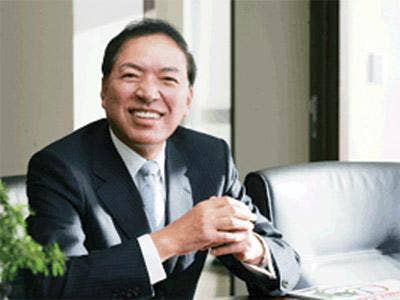
A 41-year Samsung veteran, Lee has done more than any other executive to make the Samsung brand synonymous with technology leadership. In 2004, he was appointed head of the Samsung Advanced Institute of Technology and one year later was named CTO. Samsung, a $110 billion power, has long been considered a consumer electronics leader. Now Lee is helping lead the charge to make Samsung a bigger power in the commercial technology solutions market. One area in which Samsung has made huge gains is with its new line of LED computer monitors and large-format displays that consume 60 percent less power than its previous LED products. That type of display technology leadership is not unusual for Samsung. The company has won Everything Channel’s Annual Report Card display award for an amazing seven straight years.
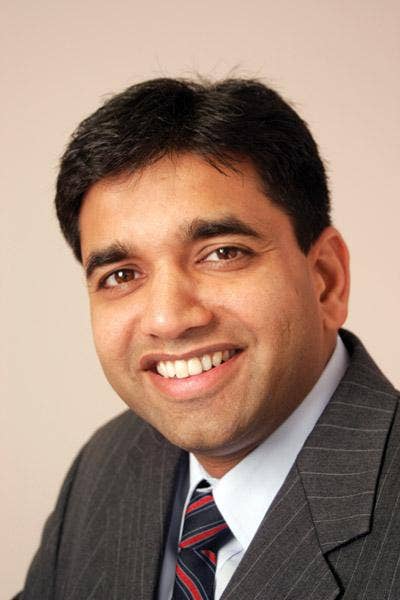
Malviya has struck gold several times breaking new ground in software: He was the software architect behind Internet security startup Internet Devices, which was acquired by Alcatel for $180 million. He also was the software architect behind IT automation software vendor Jareva, which was acquired by Veritas for $63 million. Now Malviya is breaking new ground in the cloud computing market with Longjump, an innovative software company with an end-to-end cloud platform. The Longjump offering is winning raves from solution providers for its flexibility and firepower. It’s also garnered a number of awards including Everything Channel’s XChange Tech Innovator’s Xcellence award and a place in Gartner’s Magic Quadrant.
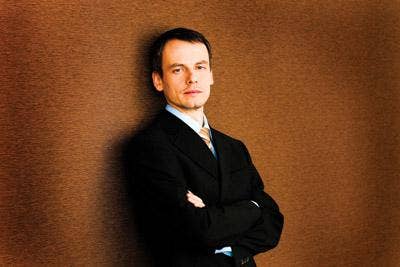
Marko's single-minded focus on making ESET a leading endpoint protection security company has resulted in countless awards. His diligence has even put ESET into the Gartner Magic Quadrant for endpoint protection platforms. ESET has won a record 59 VB100 awards from Virus Bulletin, an independent comparative testing group that rates security vendors. In fact, Virus Bulletin has lauded ESET for its 96 percent rating in comparison to the 50 percent to 75 percent range from most antivirus vendors. Look for Marko and ESET to continue to pile up more awards for endpoint protection in 2010.
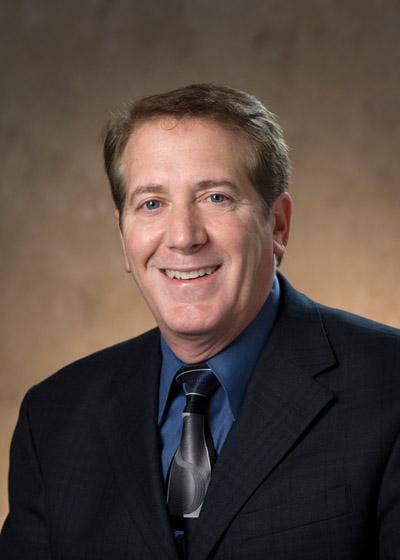
Nick leads EMC’s Corporate Office of Technology, which is responsible for driving technology vision and strategy. He gets high marks for making sure EMC is at the forefront of the major technology shifts reshaping the marketplace -- from virtualization to cloud computing to deduplication. Nick’s biggest contributions in 2009 centered around the company’s private cloud collaboration with subsidiary VMware and network computing leader Cisco, as well as EMC’s blockbuster acquisition of Data Domain, a leader in deduplication technology.
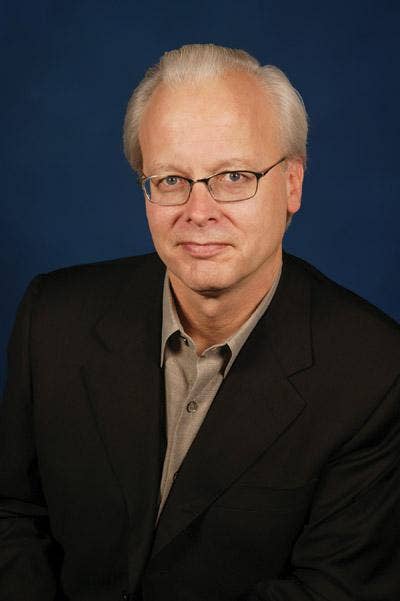
Whether Microsoft ends up as a cloud computing power or a wannabe ultimately rests on the technical groundwork and software vision of Ozzie, the mastermind behind Microsoft’s Azure cloud platform. Even though Microsoft recently shifted leadership of the Windows Azure development team from Ozzie to Bob Muglia, president of the Server and Tools Division, the technical blueprint and plan was all Ozzie. One notable Microsoft breakthrough was an Azure subsystem code-named Dallas that Ozzie describes as “an open catalog and marketplace for public and commercial data.” That creates a uniform way of searching for data in the cloud and incorporating it into applications. Ozzie has already made his mark on computing history with his pioneering groupware work with Lotus Notes. But Azure may be his biggest and boldest gambit to change computing history.
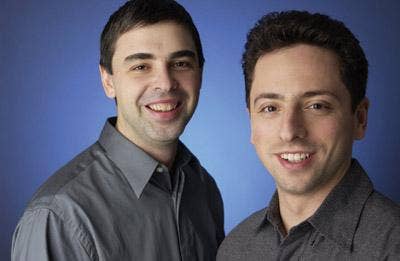
No two people have had a more profound impact on shaking up the technology marketplace than Page and Brin. The two have combined to make Google a force in every major market from search to cloud computing to smartphones. The Nexus One smartphone, built on the Google Android platform, is typical Google, with a number of technology breakthroughs including a voice-to-text feature that allows users to dictate text for e-mails or social networking updates without typing. It also features active noise cancellation, which according to Google can fade out background noise automatically. Page and Brin have been hailed for continuously coming up with new products that throw the technology status quo into disarray. You can expect more technology revolutions and chaos from the dynamic duo for a long time to come.
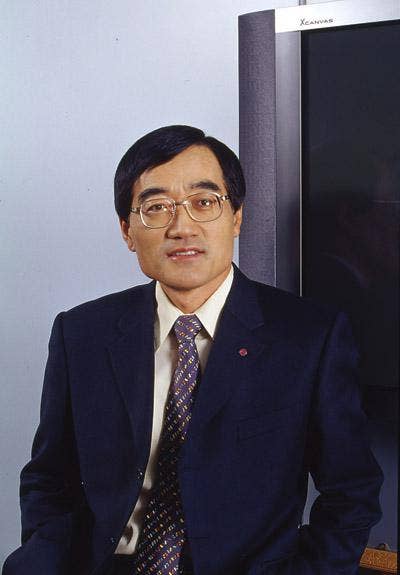
Paik, known as the father of HDTV, oversees 14,000 engineers doing development on everything from LG smartphones to TVs. One example of LG’s technical prowess is the recent introduction of “the world’s thinnest display,” a 2.6mm-thick LCD. The LG Extreme Slim display boasts a 42-inch screen with 120Hz refresh rate and full 1080p resolution. The new LCD weighs less than 8.8 pounds, so it’s thin and light. But our favorite from Paik’s engineering army is the stylish and powerful LG Blu-ray NAS N4B1N, which combines the network connectivity and capacity of a NAS device with the flexibility of Blu-ray backup capability. The marriage of Blu-ray, which has to this point been largely a consumer multimedia technology, with NAS is an approach that very few, if any, technology companies besides LG could have pulled off.

There aren’t many technology executives who have been featured as the person of the week on ABC’s “World News,” just one of the honors Rattner holds for his work on the first computer to sustain 1 trillion operations per second. Rattner also has received two Intel Lifetime Achievement awards for his work in high-performance computing and advanced cluster communication architecture. Rattner’s job, of course, is to make sure Intel stays at the top of the microprocessor pyramid. The latest revolution at Intel revolves around the chip giant’s move to 32nm technology from 45nm technology. Those are the type of technology shifts that has Rattner waxing poetic about how computers will have more humanlike capabilities in the next few years.
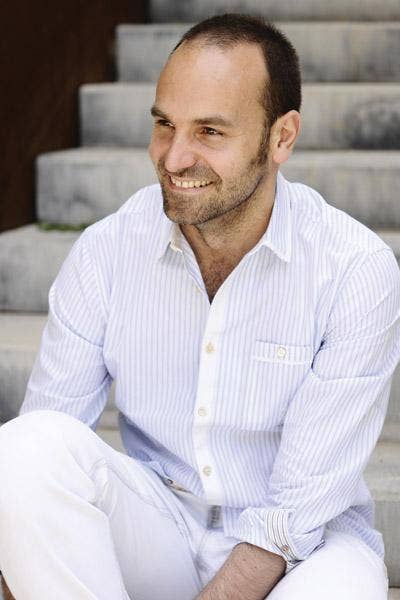
In December, Shuttleworth stepped down as CEO of Canonical to focus full time on Ubuntu product development and on growing partnerships within the Linux community. The move represents a shift back to his creative roots as the founder of the Ubuntu project in early 2004 with the aim to produce a high-quality desktop and server operating system that is freely available all over the world. There are few more passionate about driving Linux product quality, partnerships and new customers than Shuttleworth.
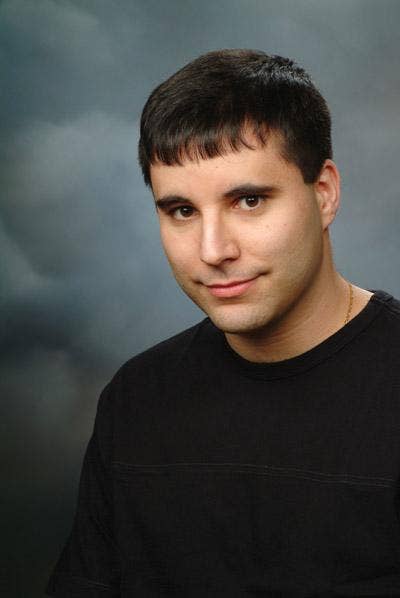
As the inventor of the Asterisk open-source IP-PBX platform, Spencer is responsible for what may be the open-source software that is having the biggest bang in the SMB market. Asterisk, along with Spencer’s open-source development prowess and passion, have paved the way for Digium to deliver robust enterprise-class VoIP solutions with its Switchvox product to SMBs at a fraction of the cost of its larger rivals. Today Asterisk is downloaded nearly 5,500 times a day and has a community of 63,000 participants. Spencer will no doubt push the Asterisk open-source movement and Switchvox to new heights in 2010.
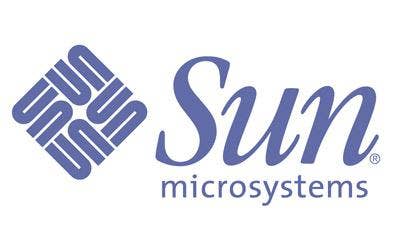
Sun is on a mission to make sure that ViewSonic is just as well known for innovative and imaginative PCs and laptops as for visual displays. Under Sun’s leadership, ViewSonic has brought to market its first line of small-form-factor PCs, including the ultrathin energy saving system like the PC Mini VOT 132. Sun upped the ante at this year’s Consumer Electronics Show, refreshing ViewSonic’s PC lineup and adding a Viewbook Pro Notebook that is less than 1 inch thick with an aluminum alloy chassis. What’s more, ViewSonic launched a netbook with a 10-inch screen and 160-GB hard drive for only $399. All in all, it’s an impressive lineup that goes a long way toward putting ViewSonic on the PC map.
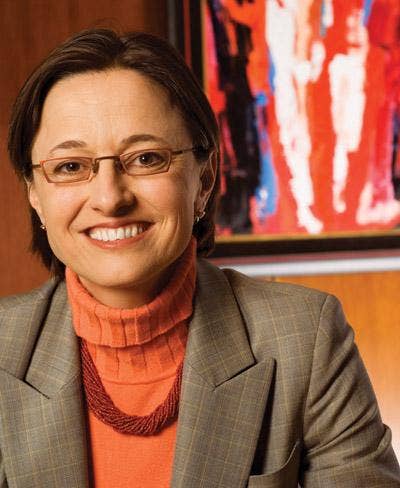
Vandebroek likes to say that “bending the rules and exploring the unknown are the catalysts that drive innovation” at Xerox. That drive to break rules has led to big technology breakthroughs at Xerox, such as erasable paper. That’s right, erasable paper. Xerox spends a whopping $1.5 billion a year on R&D. It is Vandebroek’s job to make sure that is evident in innovative products like the Xerox Phaser 7500, which received the Everything Channel Tech Innovator award for printers. Xerox’s team of scientists, engineers and developers also were awarded a special Tech Innovator of the Year Award for its invention of Natural Language Color as first delivered in the Xerox Phaser 7500.
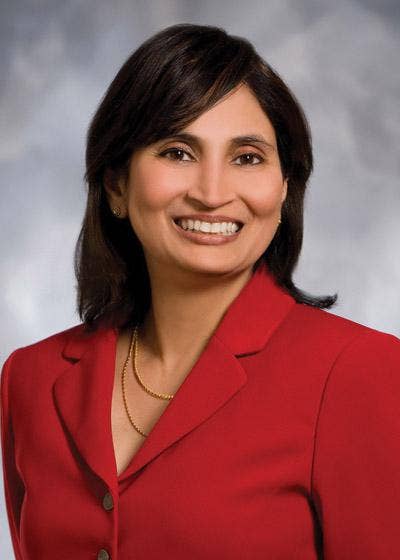
There’s a reason why Padmasree Warrior has over 1.4 million followers on Twitter: She is responsible for making sure that Cisco is well aware of the next big technology twist or turn. Warrior says that being on Twitter allows her to “have conversations and listen to voices that I don’t normally listen to.” That’s especially important to Warrior, who noted recently that one of the reasons she loves being at Cisco is because the company “embraces innovation inside and outside,” pointing to a report citing Cisco as the No. 1 acquirer of venture-backed companies over the past decade. You can be sure that Warrior is on the hunt for the next big acquisition target as Cisco moves aggressively into the cloud with a range of offerings and deeper into the consumer world with acquisitions like its buy last year of Flip video maker Pure Digital Technologies.
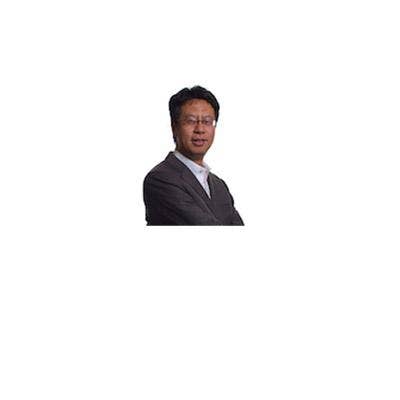
Keeping at the top of the security technology pyramid is no small task. But Xie makes it look easy with the continuous stream of security product innovation he has ushered in at Fortinet. Xie’s latest technical achievement: ground-breaking IPv6 next-generation performance on the FortiGate-5140, which delivers 56-Gbps throughput and promises high-speed network security processing. Xie’s latest honor: an Everything Channel Tech Innovator of the Year Award for his leadership of the team that created the Fortigate 620-B.
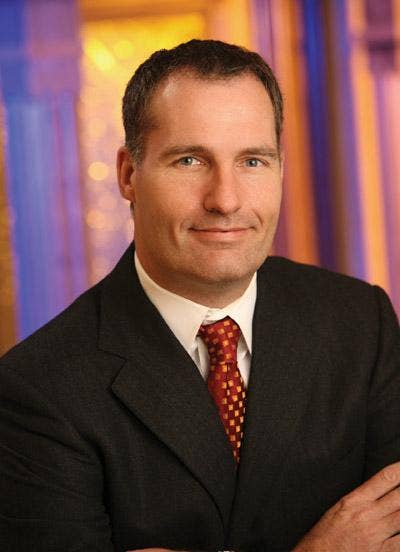
Yach is turning heads with new creative twists for the BlackBerry. Yach’s latest breakthrough was revealed at CES with a new device called the BlackBerry Presenter, which allows users to deliver presentations directly from the BlackBerry. The BlackBerry Presenter is another innovative step that takes the device beyond the smartphone. At CES, RIM also demonstrated a Slingbox streaming video to a BlackBerry and a BlackBerry music gateway streaming music to a home stereo over Bluetooth. Yach is also driving a new services platform unveiled last November aimed at helping developers and solution providers build and monetize location-aware applications.